Starting from the creation of Rome and developing for more than a thousand years the Roman culture it spread from Britannia across the Mediterranean to Mesopotamia, forming an empire, but its influence transcends the Roman Empire and thanks to Latin it reaches the whole world.
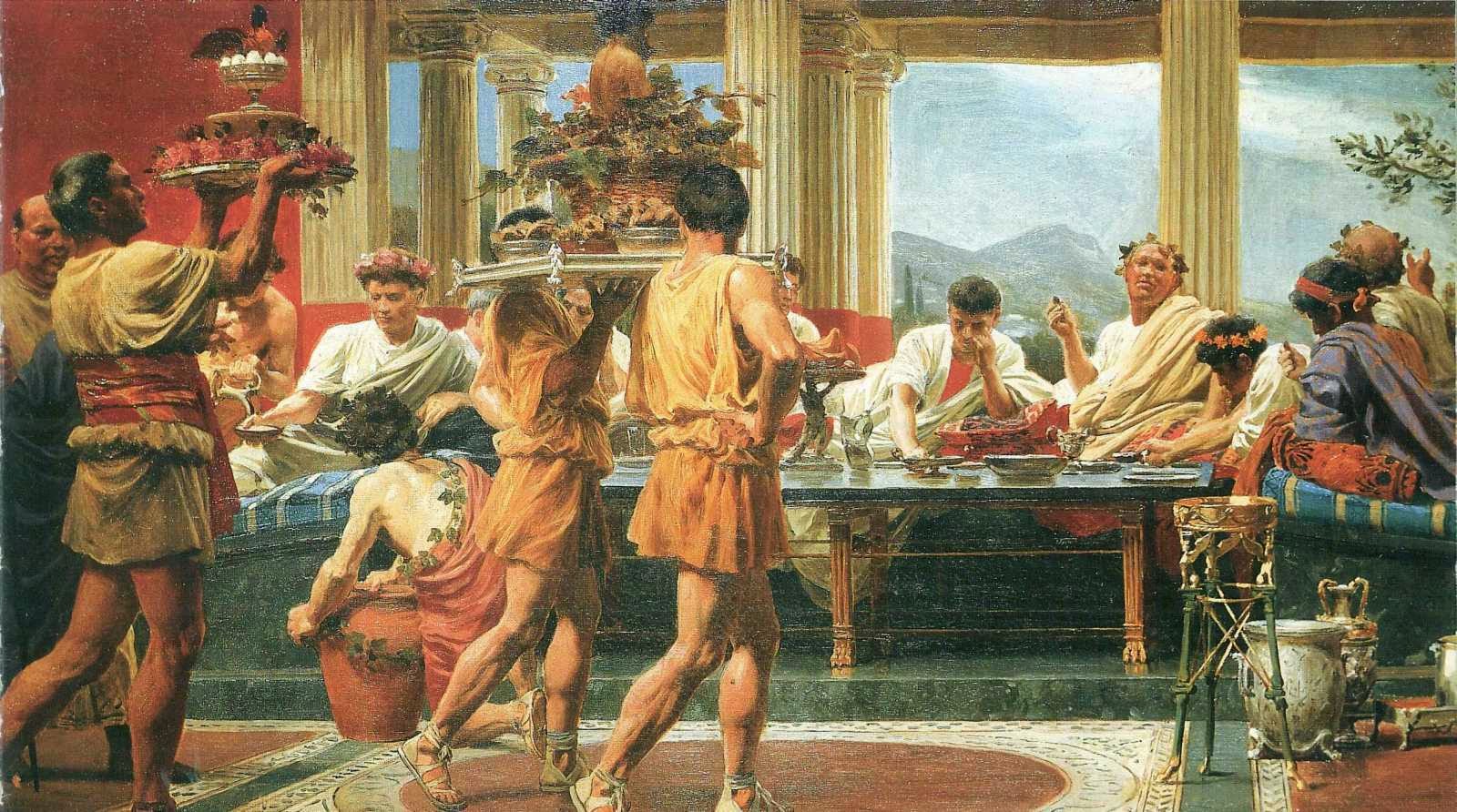
Roman culture
Roman culture is the culture of the Roman Empire that was based on the Greek culture and to a lesser extent the Byzantine culture. The influence of Roman culture extends beyond the borders of the Roman Empire, especially due to the influence of Latin and its expansion throughout Middle Europe. It is not possible to speak of Roman culture as a one-time event, since it developed over a period of more than a thousand years of history, from the Roman Republic to the Roman Empire.
Roma
The social and cultural life of the Roman Empire revolved around the city of Rome, with its famous Seven Hills, its monumental architecture such as the Flavian Amphitheatre, now known as the Colosseum, Trajan's Forum and the Pantheon. The city boasted several theaters, gymnasiums, many taverns, brothels, and public baths. Throughout the territory subject to the empire there was a varied residential architecture, from modest homes to Villas de Campo.
Within the city of Rome the most renowned residences were on the Palatine Hill, from which the word palace is derived, but the majority of the Roman population lived in the center of the city, on the "insulas" comparable to modern buildings. of condo. Rome was the megalopolis of the time with an estimated minimum of four hundred fifty thousand inhabitants and an estimated maximum of three million five hundred thousand inhabitants.
Estimates give the population a high rate of urbanization in the pre-industrial period at over thirty percent, similar to that of England in the nineteenth century. It is estimated that about thirty percent of the population in the areas under the influence of the city lived in urban centers of about ten thousand inhabitants. Most of the Roman towns had the same scale buildings as Rome had with a forum, temples and buildings.
This large urban population needed a large food supply, requiring complex and labor-intensive logistics for the production, procurement, transportation, storage, and distribution of food to Rome and other urban centers. Italian farms supplied vegetables and fruits, but fish and meat, which were the most prized, were luxuries. Great aqueducts were built to transport water to Roman urban centers and wine and oil were imported from Hispania, Gaul and Africa.
The technology of the Roman Empire for the transport of goods was very efficient, which encouraged a fervent commercial exchange between its provinces.
The great majority of the population of the Roman Empire, almost eighty percent, lived in the countryside in population settlements with less than ten thousand inhabitants. Landowners generally lived in the city, leaving the care of their properties to the responsibility of estate managers. The plight of slaves in rural areas was generally worse than that of their peers working in aristocratic residences in urban areas.
Many slaves were freed and received wages from their owners in order to encourage production, but even so the overcrowding and misery of rural life continued to grow, this stimulated the migration of the population to urban centers until the beginning of the century. II a. C. when the population in urban centers stopped growing and began to decline.
From the middle of the second century a. C. Greek culture continued to increase its influence on Roman culture, despite the attacks of conservative moralists against the "sweetening" of Hellenistic culture. At the time of Emperor Augustus, educated Greek domestic slaves were in charge of educating young people, often including girls, cooks, decorators, secretaries, doctors, hairdressers, and they also came mainly from areas of Greek influence.
Greek sculptures adorned Hellenistic landscape gardening on the Palatine or in the villas, or were imitated in the courtyards of Greek sculptures made by Greek slaves. Roman writers preferred the cultured Greek language and despised Latin.
The Roman culture only surpassed the Greek culture in the right. Roman culture, due to its wide influence both in geography and in its long history, has left, after the fall of the Roman Empire, a vast cultural heritage that survives in part even today.
Social structure
From the beginning of primitive Roman society, the social structure had as its center the family, which was not only characterized by its blood relations but also by the relationship that was legally constituted, that of "patria potestas". The total domain of the family was exercised by the "Pater Familias", he was the master of the wife, the children, the wives of the children, grandchildren, nephews, slaves and freedmen. If the wife was given to the husband sine manu, her father maintains power over her, the same happens with the wives of her children.
Slavery and slaves were part of the social structure, slaves in ancient Rome were mostly prisoners of war. Slaves were bought and sold at the Slave Market. Roman law treated slaves like any moveable property. Masters often freed slaves as a reward for quality service. Some slaves could save and thus pay for their freedom. The law prohibited the mutilation and murder of slaves but still allowed mistreatment.
Apart from the family (gens) and the slaves (mancipia, held by the master) there were commoners but they had no legal personality. They had no legal capacity and could not make contracts, even if they were not slaves. To solve this problem, what was called “clientele” was created. With this institution, a commoner joined the family of a patrician legally and could always sign contracts under the tutelage of his paterfamilias. All of the commoner's belongings became part of the gens' estate and he was not allowed to form his own gens.
The authority exercised by the paterfamilias over the gens was unlimited in both civil rights and criminal law. Among the duties of the king was to command the army, deal with foreign policy and resolve disputes between the gens. During the Roman Republic citizens had the right to vote, this included both patricians and plebeians but excluded women, children and slaves from this right.
The Forum was the center around which the life of the ancient Roman cities revolved, most of the Roman citizens went there to carry out their commercial activities and in order to participate in celebrations or ceremonies. In the forum, speakers made their opinions or considerations known and sought support for their causes. Very early in the morning the children went to school or the private teachers went to the residences.
Adults generally had breakfast at eleven o'clock in the day, took a siesta in the afternoon and went to the forum late at night. Most Roman citizens were in the habit of going to public baths at least once a day. The toilets for women and men were separate. The main difference was that the women's baths were smaller than the men's, and did not have a frigidarium (cold room) or palestra (exercise area).
Rome offered citizens various types of free entertainment both outdoors and indoors. Depending on the nature of the event, this could take place in the morning, in the afternoon or at night. Crowds flocked to the Colosseum to witness combat between men or combat between men and wild beasts. Chariot races were held at the Circus Maximus.
Clothing
In ancient Rome, social classes were distinguished and differentiated by the type of clothing. Commoners, shepherds, and slaves wore a tunic made of thick materials and its colors were dark. The tunic used by the patricians was made of linen or white wool. The magistrates wore an angusticlavii tunic, adorned with a bow and a narrow band of purple; senators wore robes with a purple fringe, called tunica laticlavia. The tunic worn by the military were shorter than those worn by civilians.
The young people after turning twenty-one used the toga, a wide wool or thread mantle, a symbol of the free man, over the tunic. Roman women wore a tunic and a palla, which was a very wide rectangular mantle. The patricians wore red and orange sandals, the senators' shoes were brown and the consuls' white. The soldiers used heavy boots and the women closed white, yellow or green shoes.
Meals
Eating habits in ancient Rome were quite simple. Breakfast was called ientaculum, lunch was called prandium and dinner has kept its name. Appetizers were called Gustatio and desserts were called secunda cantina. A light supper was usually eaten after lunch. Lunch was usually taken at eleven o'clock and consisted of bread, salad, olives, cheese, fruit, and cold meat left over from the previous night's dinner.
Families ate together sitting on stools around the table. Later the dining room was designed, with the name of triclinium, and the dining room sofa which they called triclini. The food was prepared and brought on trays to the guests who took it with their hands, the spoon was only used to take soup.
Wine was drunk by all social classes and at all meals because it was cheap, however it was always mixed with water. Apart from wine, meals were accompanied with other drinks such as mulsum, which was wine mixed with honey, juice was grape juice, and mulsa was water mixed with honey.
During the Roman Empire the common people ate basically vegetable polenta and bread, sometimes they could consume meat, fish, olives and fruits. Sometimes, free food was distributed in the city. The patrician aristocracy had very elaborate dinners, with a wide variety of wines and foods. Sometimes the dancers entertained the diners. Women and children ate separately, but by the end of the imperial period, high-ranking women also attended these dinners.
Education
From the year two hundred before Christ, formal education began in Rome. Studies began at about six years of age and for the next six or seven years boys and girls were given lessons in reading, writing and arithmetic operations.
From the age of twelve, young people began to learn Latin, Greek, grammar and literature, in addition to the art of oratory. Oratory was fundamental in Roman culture and the primary goal of almost every student, good speakers were worthy of respect.
Poor children did not receive an education because they could not afford it. Occasionally education was provided by educated and educated slaves. The school was mainly aimed at boys, however some girls from the wealthy classes were educated by home tutors and were even allowed to attend the schools.
Language
The original language of the Romans was Latin. Various forms of Latin existed, evolving and changing greatly into the Romance languages we know today. The Latin alphabet is based on the ancient cursive alphabet, which in turn derives from the Greek.
The Latin alphabet was initially used in the medieval era to write not only the languages derived from Latin, but also almost all the languages present in Europe, thanks to the process of evangelization of the pagan populations, with the exception of Slavic languages that use the Cyrillic alphabet. and the Greek.
The language spoken in the Roman Empire was Vulgar Latin, which was very different from Classical Latin in grammar, vocabulary, and pronunciation. Most of the literature studied by the Romans was written in Greek and many Roman writers used Greek in their works, also Greek was used by the educated people of Rome yet Latin remained the main language of writing in the Empire Roman.
With the expansion of the Roman Empire, Latin spread throughout Europe. Over time, Latin evolved into local dialects, diversifying into different languages, creating several Romance languages around the XNUMXth century. Various languages flourished during this period, including French, Italian, Portuguese, Romanian, and Spanish, with vast differences between them that grew larger and larger over time.
Art
Etruscan art influenced the first manifestations of Roman art, to which the influence of Greek art was added shortly after, with which it had contact in the south of Italy in the colonies of Magna Graecia, when they were invaded by Rome in its process of unification of the peninsula. Greek influence is much greater after Rome invades Greece and Macedonia in the XNUMXnd century BC
Literature
From its beginnings, Roman literature was strongly influenced by Greek literature. The first known works are historical epics that narrate the history of ancient Rome. As the republic expanded, authors began to write poems, comedies, stories, and tragedies.
Historical literature experienced a golden age during the rule of the first emperors. Important works from that time are known, such as The Histories of Tacitus, the Commentaries of Bello Gallico by Julius Caesar and Ab urbe condita by Tito Livio.
The most outstanding Roman epic poet Virgil with his Aeneid recounts the escape of Aeneas from Troy and his arrival in the city that would later become Rome. Lucretius explained the sciences through his poem On the Nature of Things. Ovid in Metamorphoses tried to write the complete mythological history from the beginning of time to his time. The genre of satire is traditionally considered a Roman innovation, and satires were written by, among others, Juvenal and Persius.
During the Republic, comedies were also very popular, especially those of Publius Terence Aphro, a freed slave captured by the Romans during the First Punic War. In rhetoric, Cicero acquired considerable importance thanks to his prayers. Furthermore, Cicero's private letters are considered to be one of the finest bodies of correspondence recorded in antiquity.
Painting and sculpture
Etruscan influences are evident in early Roman paintings, especially political painting. Greek art taken as spoils of war during the XNUMXrd century BC became so popular that many wealthy Roman residences were decorated by landscapes painted by Greek artists. Among the first distinctly Roman styles of note was "Inlay" (Incrotius), in which the interior walls of houses were painted to resemble colored marble.
The sculpture began using classical and youthful proportions, later it evolved and adopted a kind of mixture of realism with idealism, until advancing to the reliefs where triumphs of Rome were represented.
Architecture
As in all the arts present in Roman culture, the first Roman buildings presented elements of the architectural style of the Etruscans and the Greeks. This style was changing as urban needs demanded it and so new civil engineering and construction techniques were developed and perfected. Roman concrete to date remains a great enigma and even after more than two thousand years, some of the ancient Roman structures are still standing, such as the Pantheon.
Religion
As reflected in other manifestations of Roman culture, the religion of ancient Rome was greatly influenced by other cultures. Especially the Greek religion that had a leading role in shaping the Roman pantheon. At first, during the time of the monarchy and the first years of the republic, the divinities were directly related to agricultural activities and daily domestic life.
The Romans worshiped the numens, spirits of nature; to the mane, spirits of their ancestors; to the lares, spirits of the home and to the penates, spirits of life. Roman mythology is made up of the legends and myths of the polytheistic religion practiced in ancient Rome. Most of the divinities of the Roman pantheon come from Greece with gods supplanting the local divinities with some rare exceptions.
The Romans were famous for their large number of gods. The presence of Magna Graecia ensured that certain religious practices were introduced that became fundamental, such as the cult of Apollo. The Romans merged their myths with myths imported from Greece.
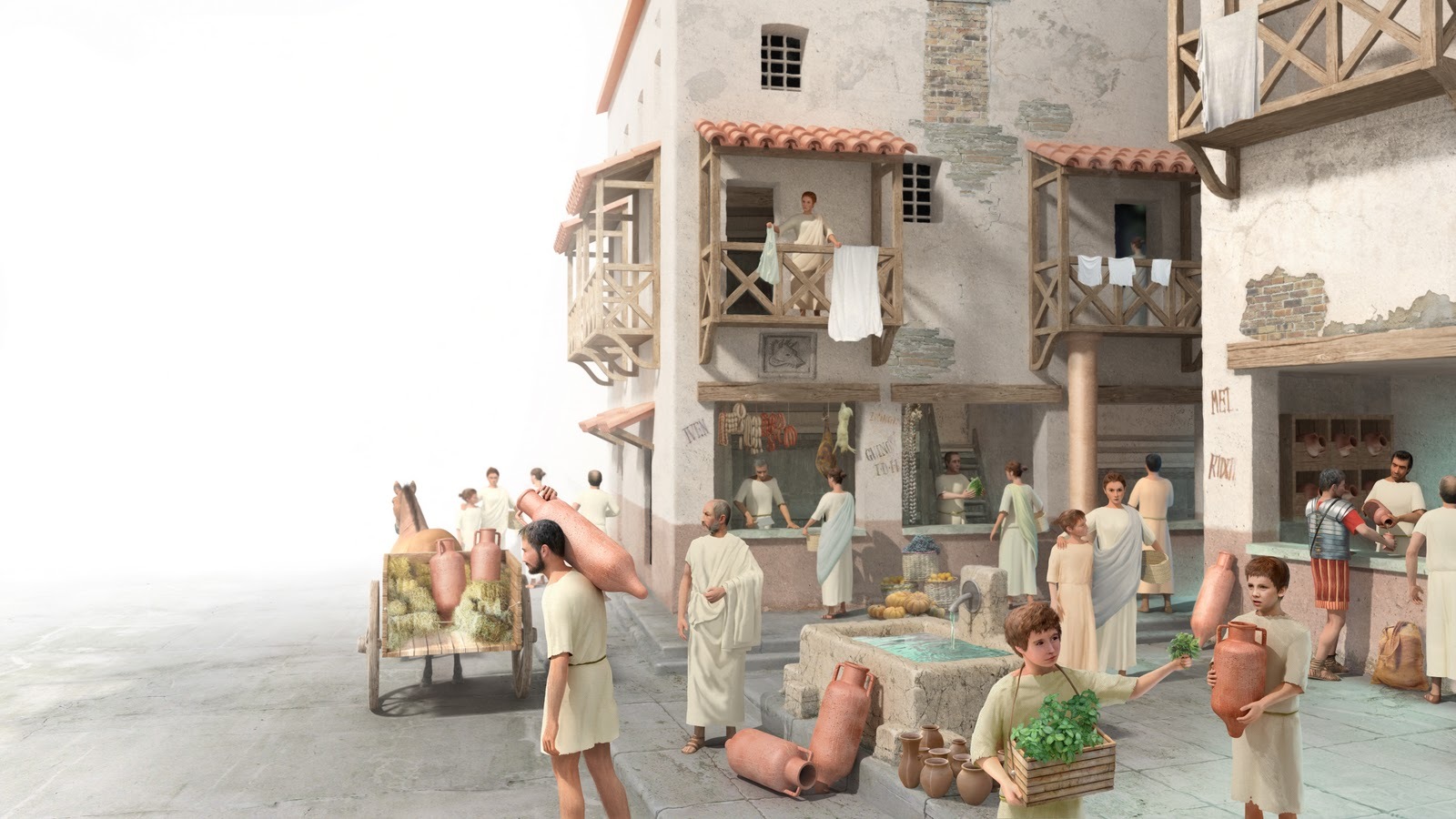
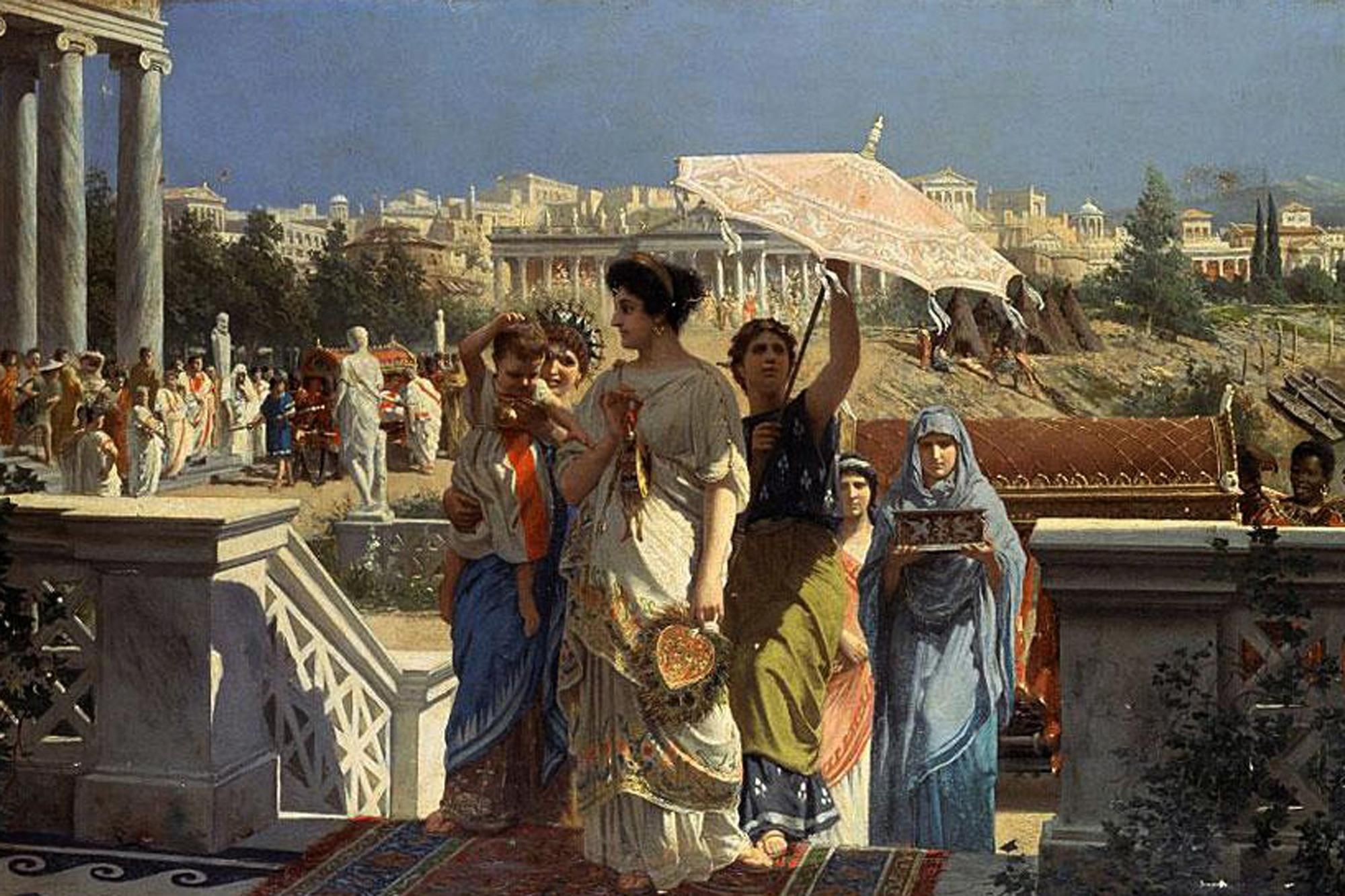


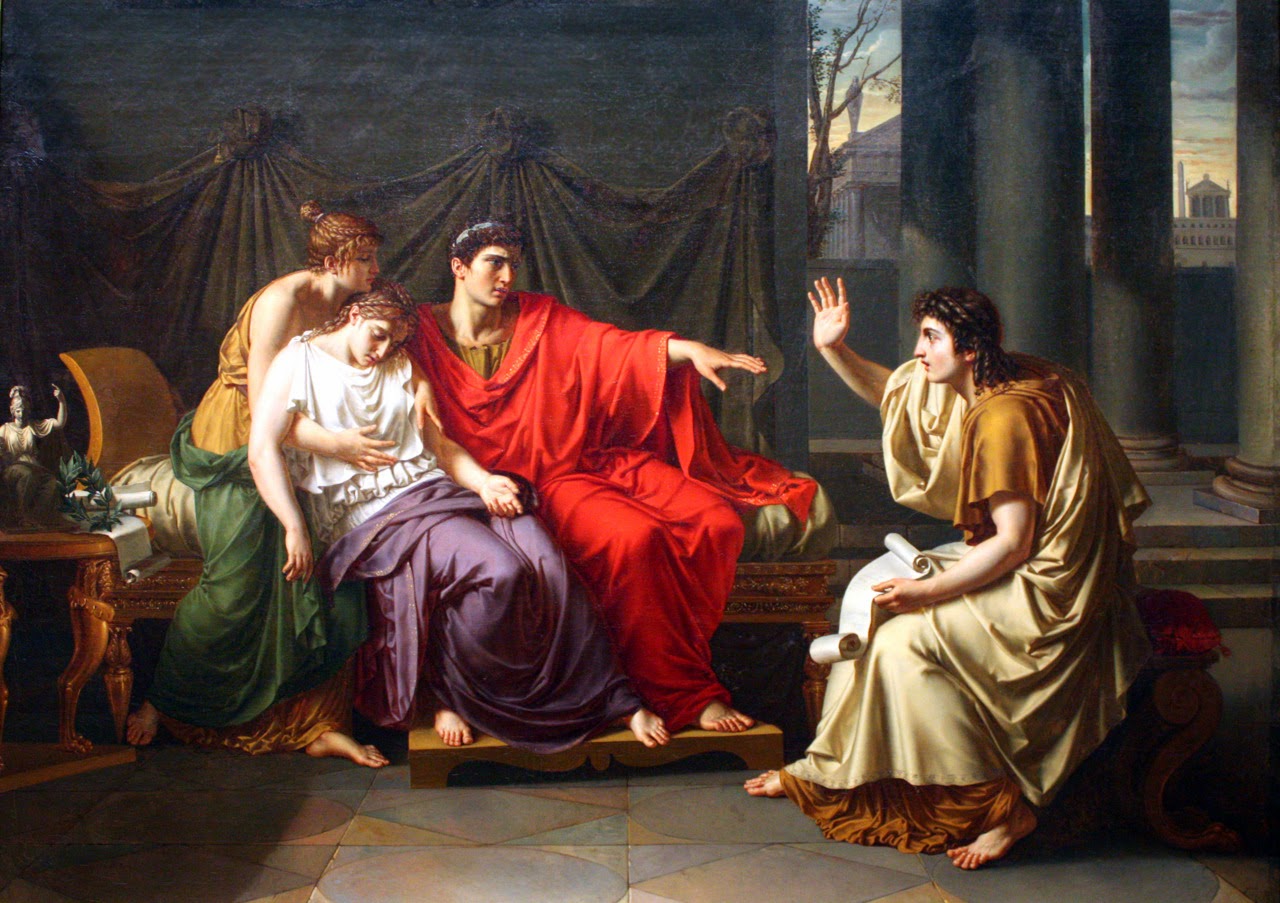
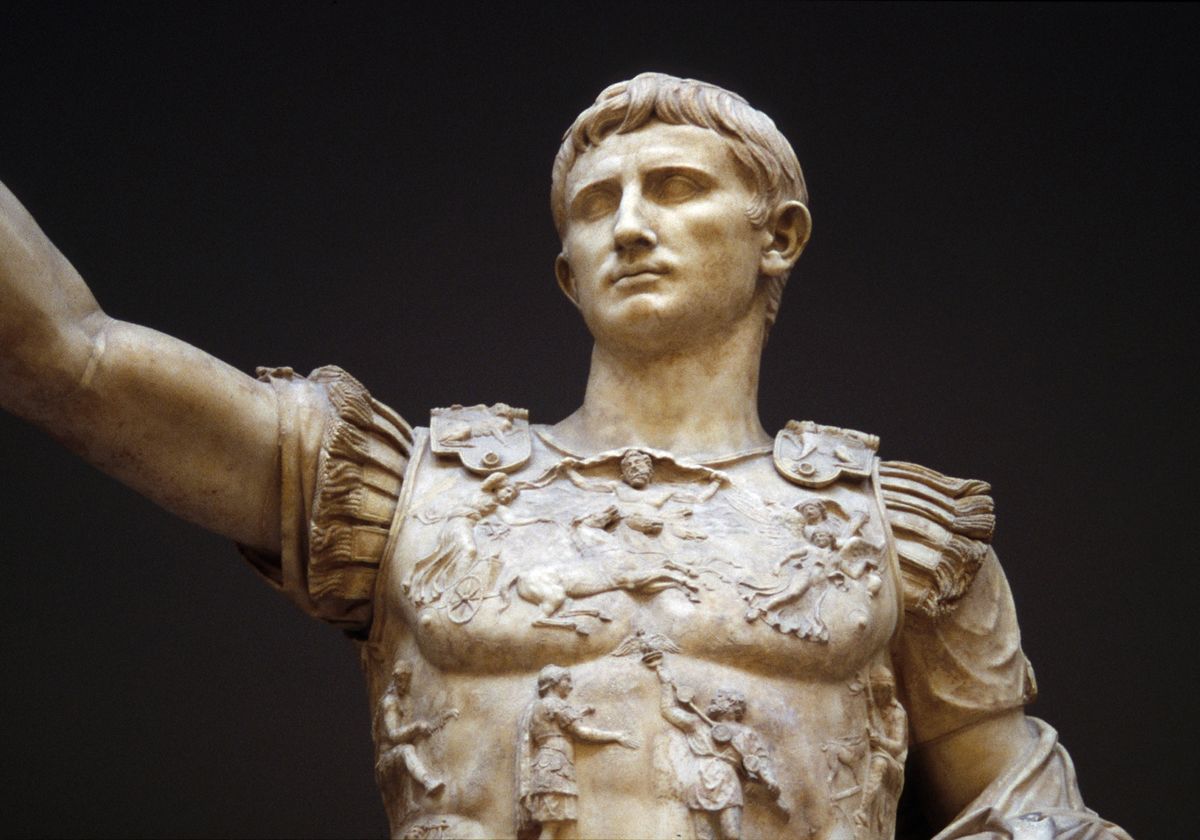
excellent information